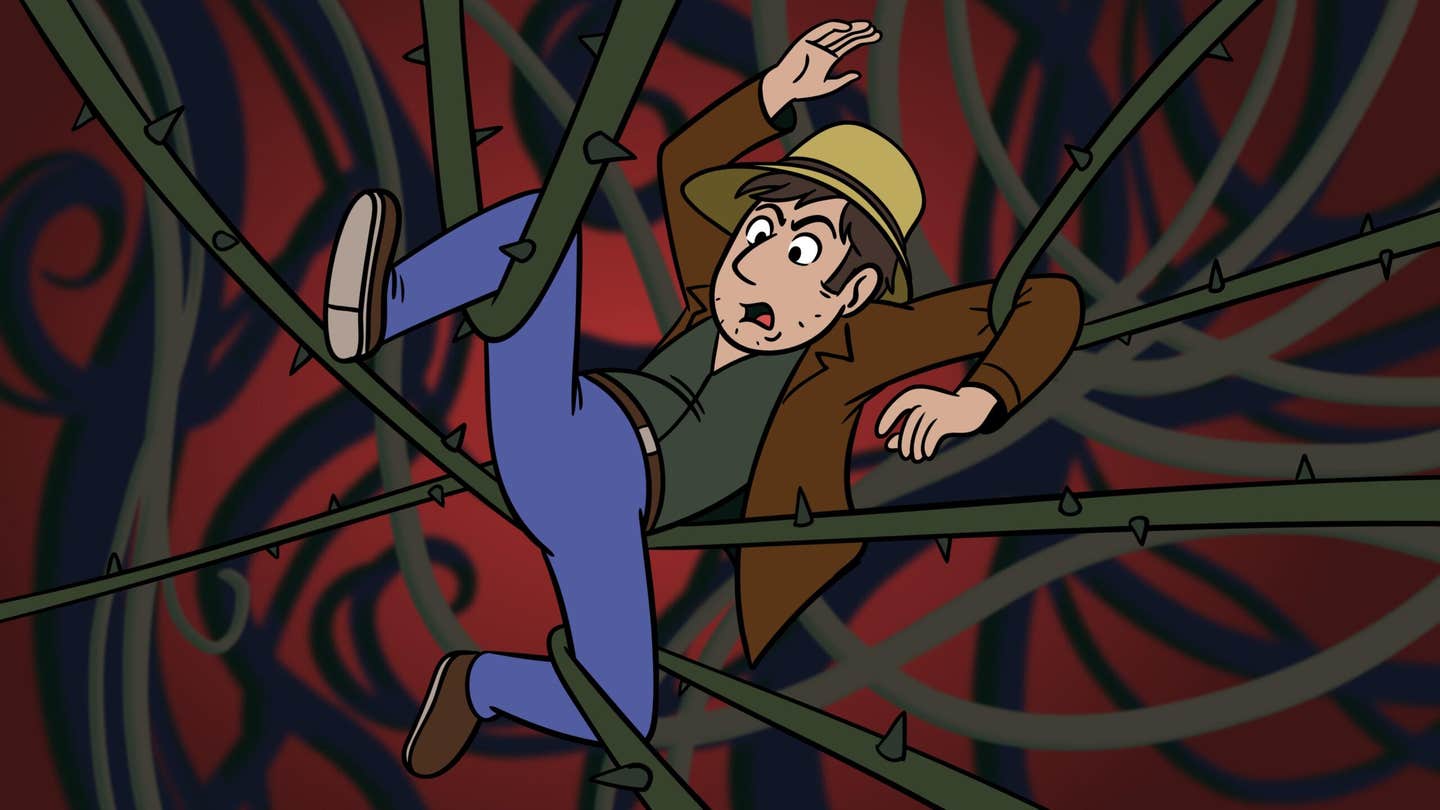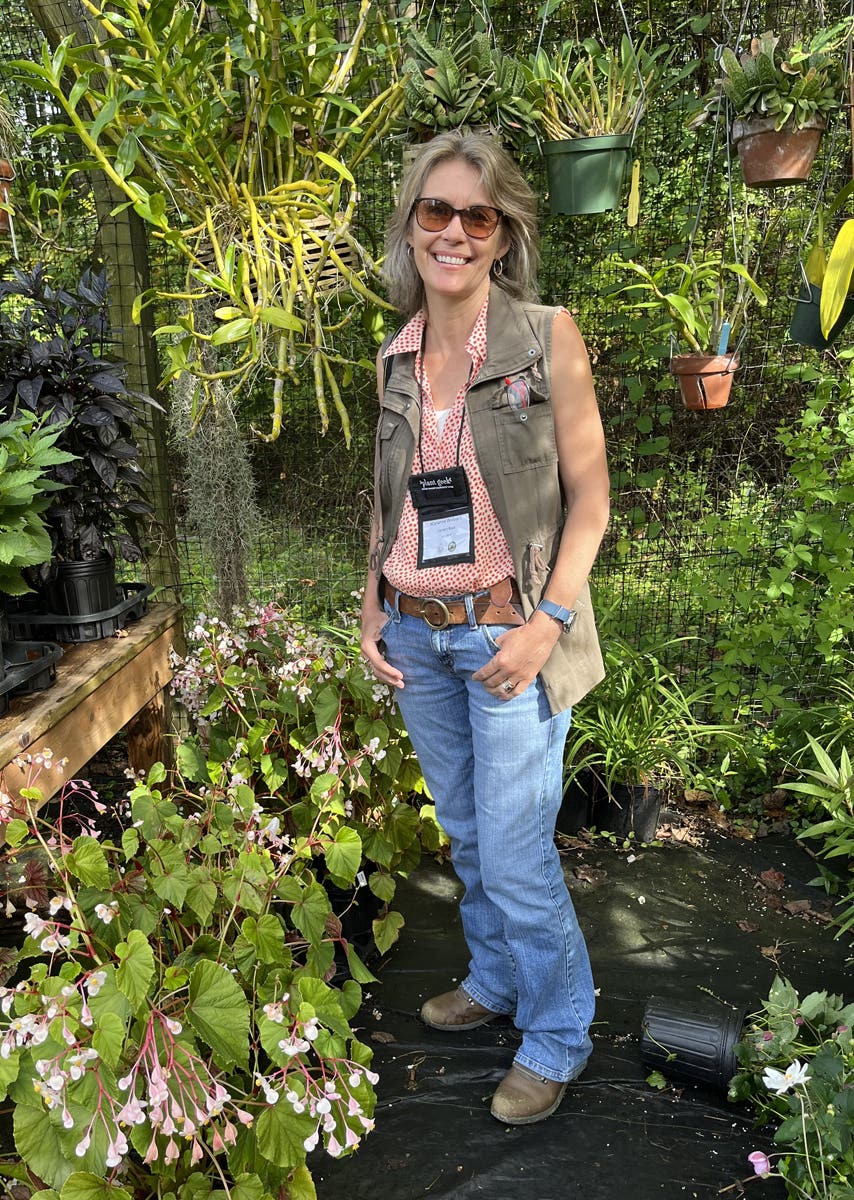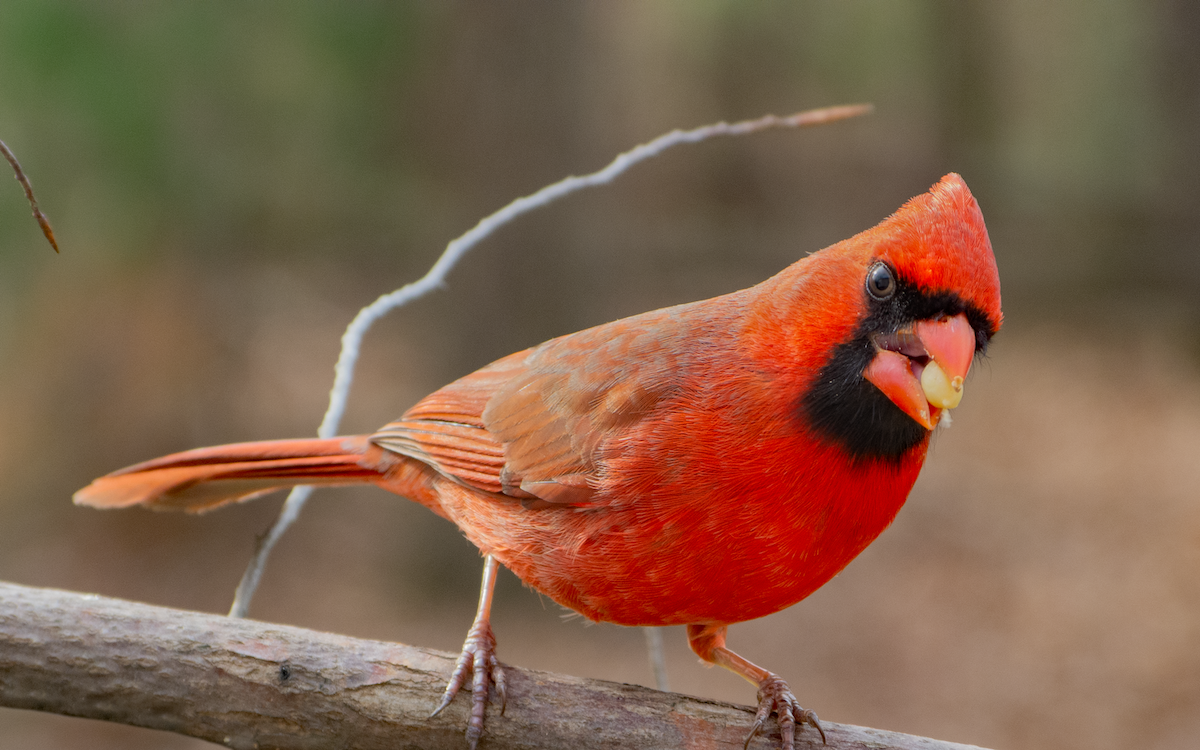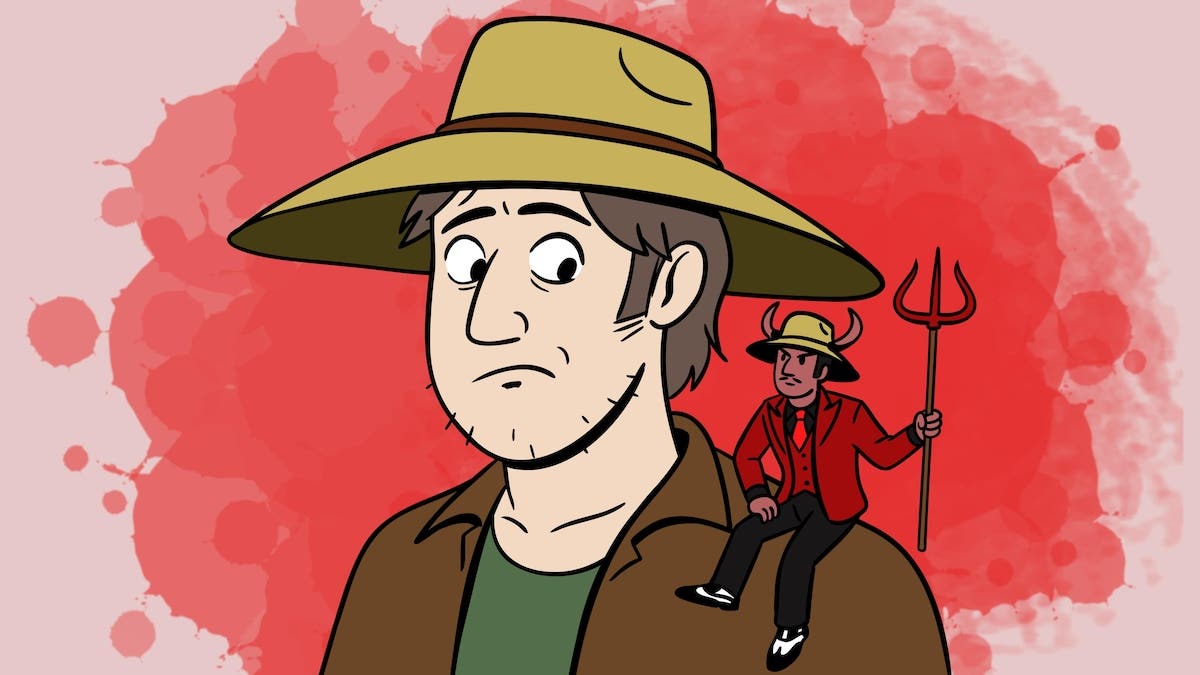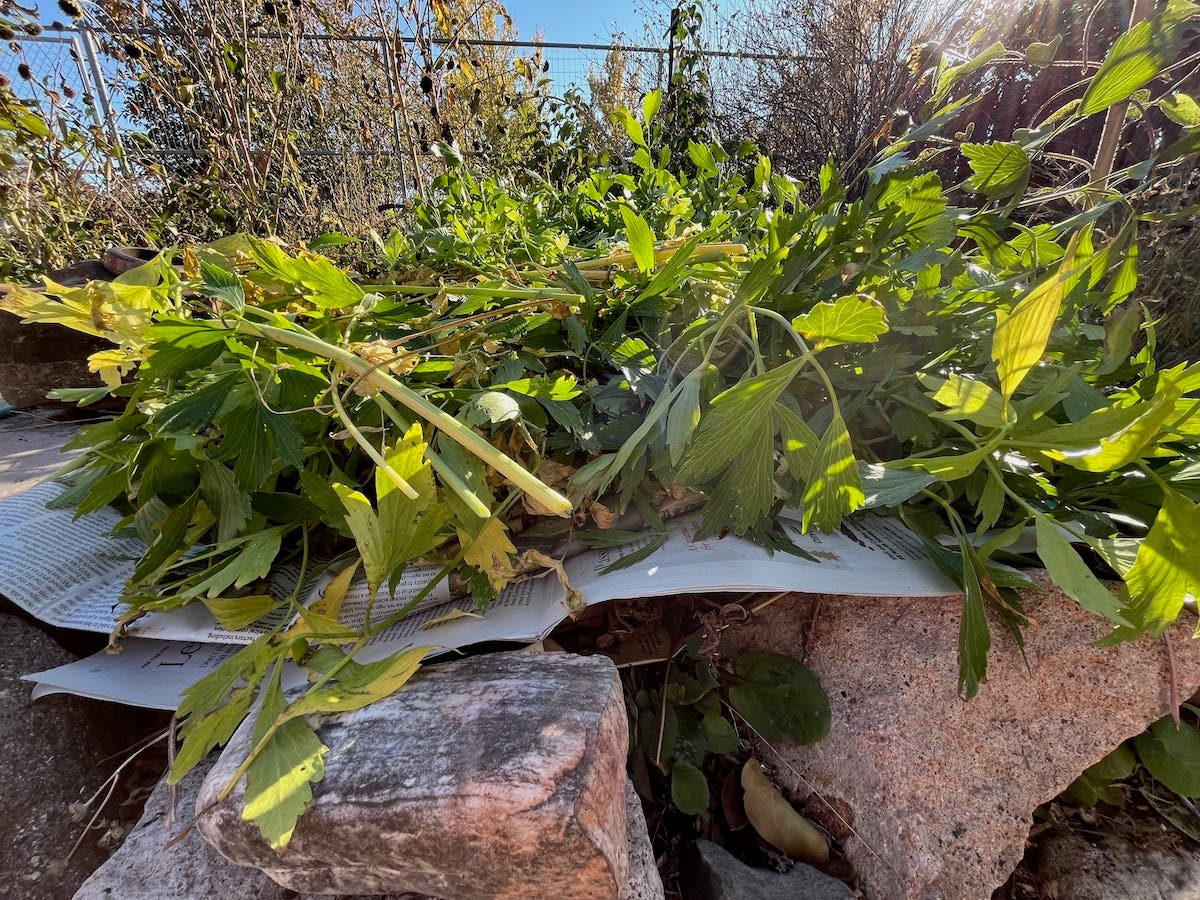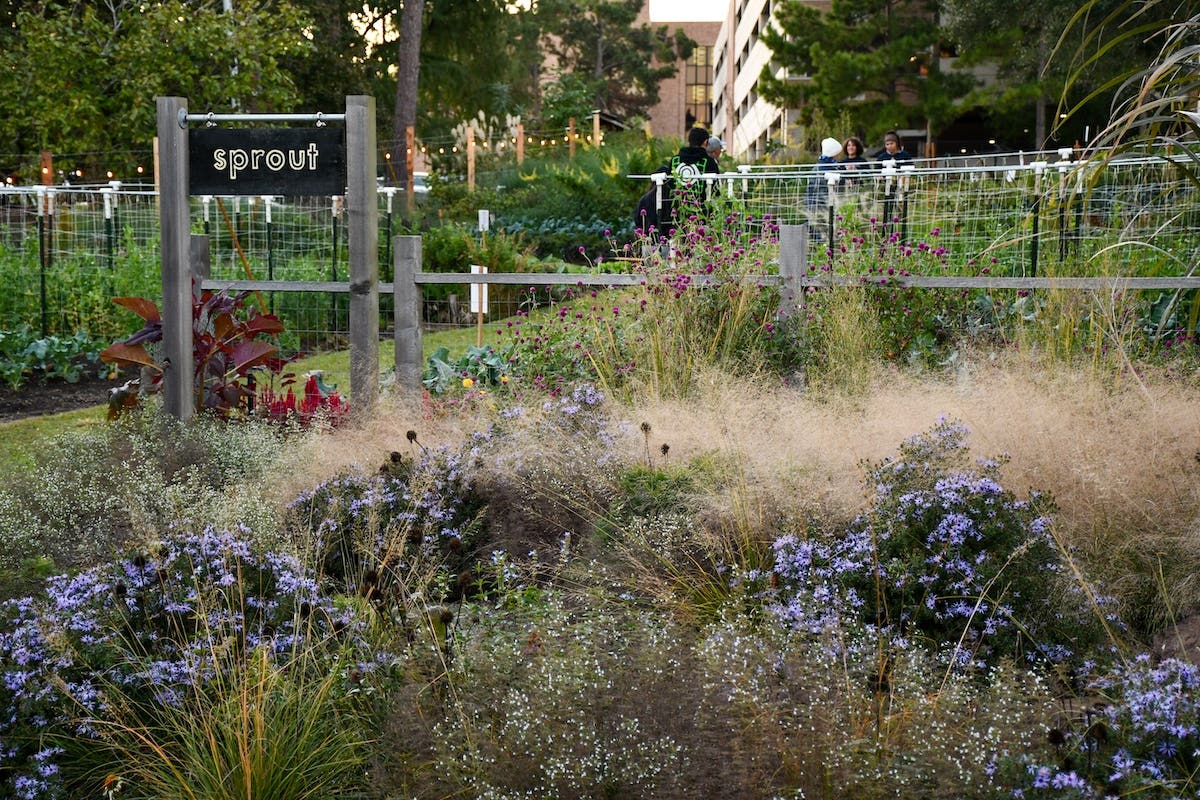Garden Books to Read Next: Classics from Bobby Ward
Building a stockpile of gardening books to get you through winter? Don’t miss the four classics by Bobby Ward. Here, he discusses his unique, treasured titles with Scott Beuerlein.
Bobby Ward is one of the most respected names in the world of horticulture. A retired environmental scientist with a PhD in botany from North Carolina State University and a past president of the North American Rock Garden Society, he has authored four fascinating books: Chlorophyll in His Veins: J.C. Raulston, Horticultural Ambassador; A Contemplation Upon Flowers: Garden Plants in Myth and Literature; The Plant Hunter's Garden: The New Explorers and Their Discoveries; and, as co-editor with Barbara Scott, A Garden of One’s Own, which collected various writings of Elizabeth Lawrence.
Scott Beuerlein: The topics of each of your books lead to a much greater appreciation for horticulture and one’s own garden. First, The Plant Hunter's Garden. I love anything to do with past plant hunters, but I also love the change in direction you took with this book.
BW: My interest in plant hunters came about from attending national meetings of the North American Rock Garden Society (NARGS), which I joined in 1990. I met many well-known gardeners and plantspersons lecturing on wonderful plants I didn’t know existed or that were found in exotic locations, whose names I could not spell or pronounce. Those who ran nurseries where they sold seeds talked about their adventurous collecting trips. It was through those meetings I met Jim and Jenny Archibald, John Watson, Dan Hinkley, Barry Yinger, several Czech plant hunters, including Vojtĕch Holubec, the Yucca Do Nursery guys, Sally Walker and so many more.
It was also during that time that I was attending lectures of the Friends of the North Carolina State University Arboretum, which J.C. Raulston had founded with the help of students and volunteers in 1976. Similarly, he was bringing in speakers to tell an enthralled audience about exciting new plants collected in far-flung places around the world.
It occurred to me that I was living in a renaissance of plant hunting that was flourishing during the last quarter of the 20th century, a sort of new Golden Age. Plantspersons could travel with relative ease to China for the first time since the establishment of the People’s Republic of China in 1949. With the breakup of the Soviet Union, travel to Eastern European countries became easier, and political changes around the end of apartheid opened doors to South Africa.
I began to realize that gardeners did not really know or appreciate how “new” plants came into cultivation. Of course, there were professional plant scientists making collecting expeditions for taxonomic and “pure science” reasons, but getting those plants into the hands of the home gardener was never the goal. It was the nursery owners and non-academic plant hunters who were entrepreneurs making significant introductions to a market demanding new plants. Few had professional degrees in botany or horticulture, acquiring their plant knowledge instead in the field, “drinking dew for breakfast and sleeping on rocks,” as one of these explorers jokingly told me. A few had written journal accounts of their trips, but except for the plants or seeds they collected, the only written records of their existence were their catalogs and newsletters. In effect, they had toiled in anonymity and would be forgotten when they passed on.
I had the privilege of interviewing 25 sets of plant explorers and the opportunity to travel to meet them firsthand throughout the United States, Canada, the United Kingdom, the Czech Republic, South Africa, Chile, Japan and Mexico—and in a few cases travel with them.
SB: You co-edited a book of miscellaneous writings by Elizabeth Lawrence. Tell me about her.
BW: In 1942, Elizabeth Lawrence wrote the first detailed book on gardening in the American South, A Southern Garden, while living in Raleigh, where she was the first female graduate in landscape architecture from North Carolina State College. The book is still in print, having gone through several editions. She moved to Charlotte in 1949 and wrote three more books and hundreds of popular weekly garden columns for The Charlotte Observer. Since her death in 1985, there have been seven other books published of her writings, plus a biography (No One Gardens Alone), confirming her status as a beloved figure in American gardening. She and J.C. Raulston were listed in Horticulture magazine’s 100th anniversary issue (December 2004) as two of the most influential figures in gardening history.
The book I co-edited in 1997, A Garden of One’s Own, contains 50 miscellaneous articles she wrote over 5 decades for plant society bulletins, garden magazines and newsletters—none previously re-published in a collection. Most could not be located through existing indexing and had to be tracked down in library archives through hints in her other writings. It, too, has remained in print.
Lawrence is especially beloved by NARGS members. She wrote in a manuscript that was published posthumously as A Rock Garden in the South (1990): “The cultivation of rock plants is the highest form of the art of gardening . . . Gardening is an art, and the rock garden is its purist form . . . All gardeners become rock gardeners if they garden long enough.”
SB: I interviewed Tony Avent, and much of our discussion centered around his love and respect for J.C. Raulston, whom you sketched so beautifully in your biography. Such an instrumental figure in American horticulture.
BW: I had come to know J.C. Raulston through his lectures and gardening events at the North Carolina State University Arboretum, which he founded. When the people I was interviewing for my plant-hunters book learned that I knew him, they would stop and tell me how much he had affected their lives, with the plants he would send them, the professional connections he provided and the mentoring that gave so many of them the path to a life involving plants.
Those comments inspired me to contact the executrix of his estate to ask if I could write a biography of him. She agreed and gave me unfettered access to boxes of his personal papers, letters, photographs, journals—even his baby book with a lock of his hair. There was such a substantial wealth of information that an autobiography could have been assembled from J.C.’s writings alone.
The great love of J.C.’s life was plants, beginning at an early age growing up on a farm in Oklahoma. He once told a newspaper reporter that gardening was his safe place as a child because he could do it without others involved. “Plants weren’t threatening like people are,” he said. He was a complex person, intensely shy in a one-on-one conversation but completely at ease lecturing to an audience of 300. He had bouts of depression and sought professional therapy.
There were many incidents in his life that likely affected him deeply. Few of us knew, for example, that he had served in the US Army Chemical Corps, assigned to work at the US Department of Agriculture on classified missions developing herbicides. He went to Vietnam to field test aerosol spray cans of an organic arsenic herbicide that soldiers could use to destroy seedling rice plants, denying potential food for the Viet Cong. I’ve often wondered how troubled he was by having to work on destroying the very things that brought such joy to his life.
He pursued no intimate relationships until age 35, when he had his first same-sex experience. This opened a new world to J.C., and in Raleigh he created an informal organization called the Lavandula–Labiatae Society to promote professional and social networking for gay and lesbian professionals, serious amateurs and horticultural and botany students. The group met after hours at meetings of horticultural societies around the country or at J.C.’s home.
He was beloved by his students and received numerous academic and professional horticultural awards. One of his students, Dr. Richard Olsen, now director of the US National Arboretum in Washington, D.C., remarked that J.C. introduced more people to plants than plants to people. J.C. died in an automobile wreck in 1996, age 56. His obituary in The New York Times called him “a generous-spirited giant among horticulturists.” He closed all his correspondence with the admonition to “Plan—and Plant for a Better World.”
The biography I wrote about him, Chlorophyll in His Veins, will be republished in 2026 in a revised and updated edition by the University of North Carolina Press, celebrating the 50th anniversary of the founding of the arboretum now named in his honor.
SB: And your other book, which I previously didn't know about, made a great Christmas gift for my literature- and plant-loving wife.
BW: You are referring to my book on garden plants in mythology and literature. I was fortunate to have an excellent literature and language teacher in high school for all four years, teaching the basic Western canon. She required us to learn poems, recite sections of plays and sing Christmas carols and Elvis Presley songs in French. To this day I can still recite Mark Antony’s speech at Caesar’s funeral from Shakespeare’s Julius Caesar. I continued this interest she instilled in me throughout college, including taking foreign language courses while I continued my botany studies.
When I joined the local Piedmont Chapter of the North American Rock Garden Society, I volunteered to be its newsletter editor, publishing articles by our speakers and members of our club. I devoted one issue to one of my favorite plants, hellebores. I wrote a piece researching its biology, the origin of its common and Latin names and references in literature. (Did you know Chaucer mentions hellebores in “Canterbury Tales”?) J.C. Raulston read the article and sent it to an editor at Timber Press, who was going to be in town to goose along J.C., who was late for a manuscript he had promised. J.C. arranged a meeting for me with the editor, where I proposed a book of 80 plants in mythology and literature. The book was published as A Contemplation Upon Plants: Garden Plants in Myth and Literature. The main title comes from a poem by Henry King in 1657, the Bishop of Chichester.
It was great fun researching the book, as the internet was just coming available and I had electronic access to books that weren’t available locally. And I spent three days at the Royal Horticultural Society’s library in London, pouring carefully through old books I had never known before.
SB: A theme I took away from all your books is that a deeper knowledge of gardening, one that goes past simply putting plants in the ground, can lead to much greater appreciation and satisfaction. Your thoughts?
BW: Elizabeth Lawrence was often described as a “dirt-under-her-fingernails gardener.” Her garden was her laboratory, and she didn’t mind tossing a plant on the trash heap if it didn’t perform. She once wrote, “Are you cruel enough to be a gardener?”
She attended garden club meetings and flower shows, lectured for them, traded plants and seeds and corresponded through hundreds of handwritten letters with university professors, farm women, friends and nurserypersons, seeking answers to her garden questions. She didn’t find those answers at the click of a mouse; often days and weeks passed before she received a response in the mail.
She wanted to know everything about a plant—where it was native, the origin of its name, its medicinal value, what success her correspondents had with it and so on. The books and articles she wrote reveal more than a passing interest in simply growing a plant or planting a bulb and walking away. It was a deeper understanding of horticulture she was seeking.
The ideas for my books have all come from the passion I’ve developed over the years for the great fulfillment that gardening and studying plants has brought to my life. The plants always have a backstory that involves people, places, and pleasures associated with them.
I no longer garden on a half-acre plot with a natural stream flowing through it. We have downsized to a townhouse, and I had to switch from in-ground gardening to primarily containers and troughs to obey homeowners association guidelines that were enforced after we moved here. Thus, much of my garden is on the deck in containers. I have additional plants in a small sunny area in the front of the house and a shady spot in the back.
No matter. I still delight in the first unfurling leaves of a cyclamen in a trough, the nose of an Arisaema ringens poking through last year’s red oak leaves or the flowers on a cactus blooming in a crevice garden in a half-barrel rock garden.
Related: Read Scott's interview with Allan Armitage.


